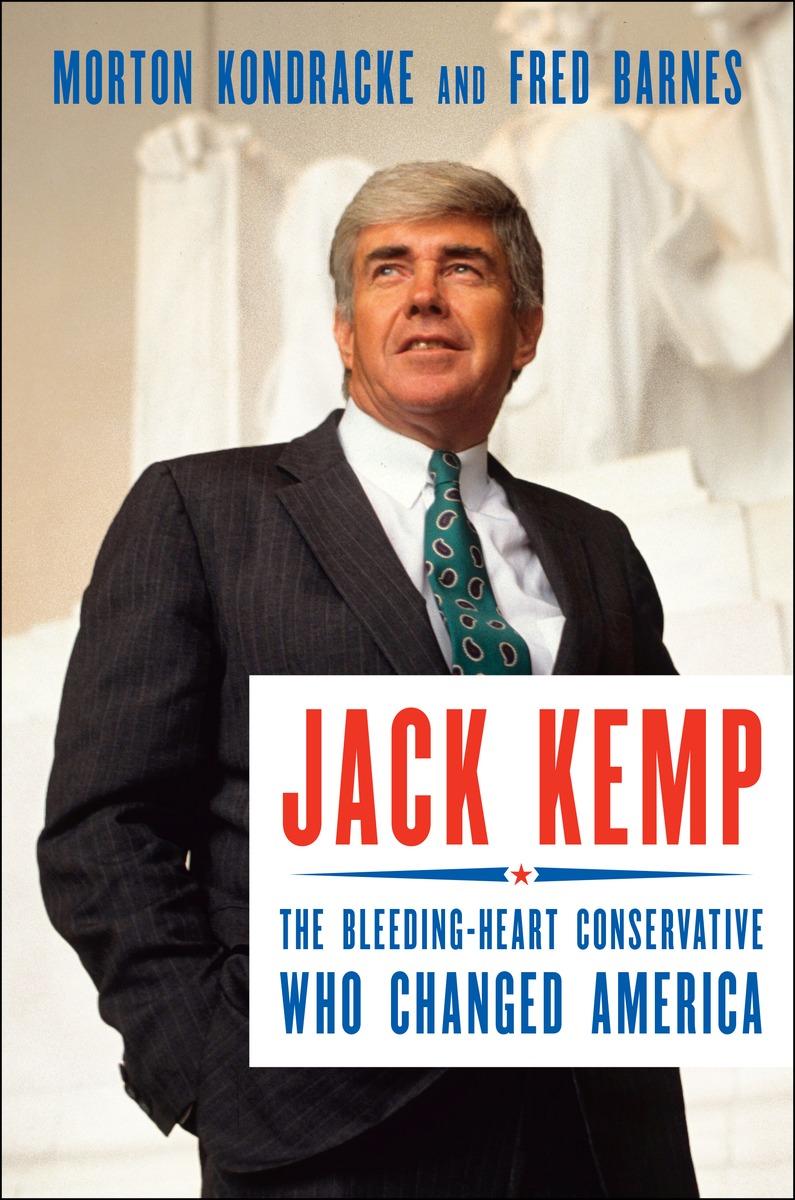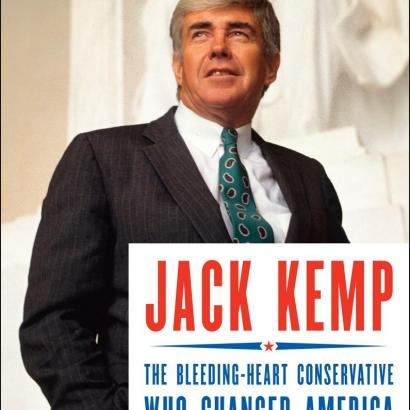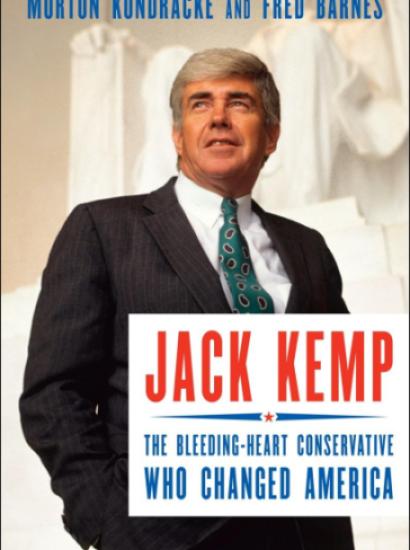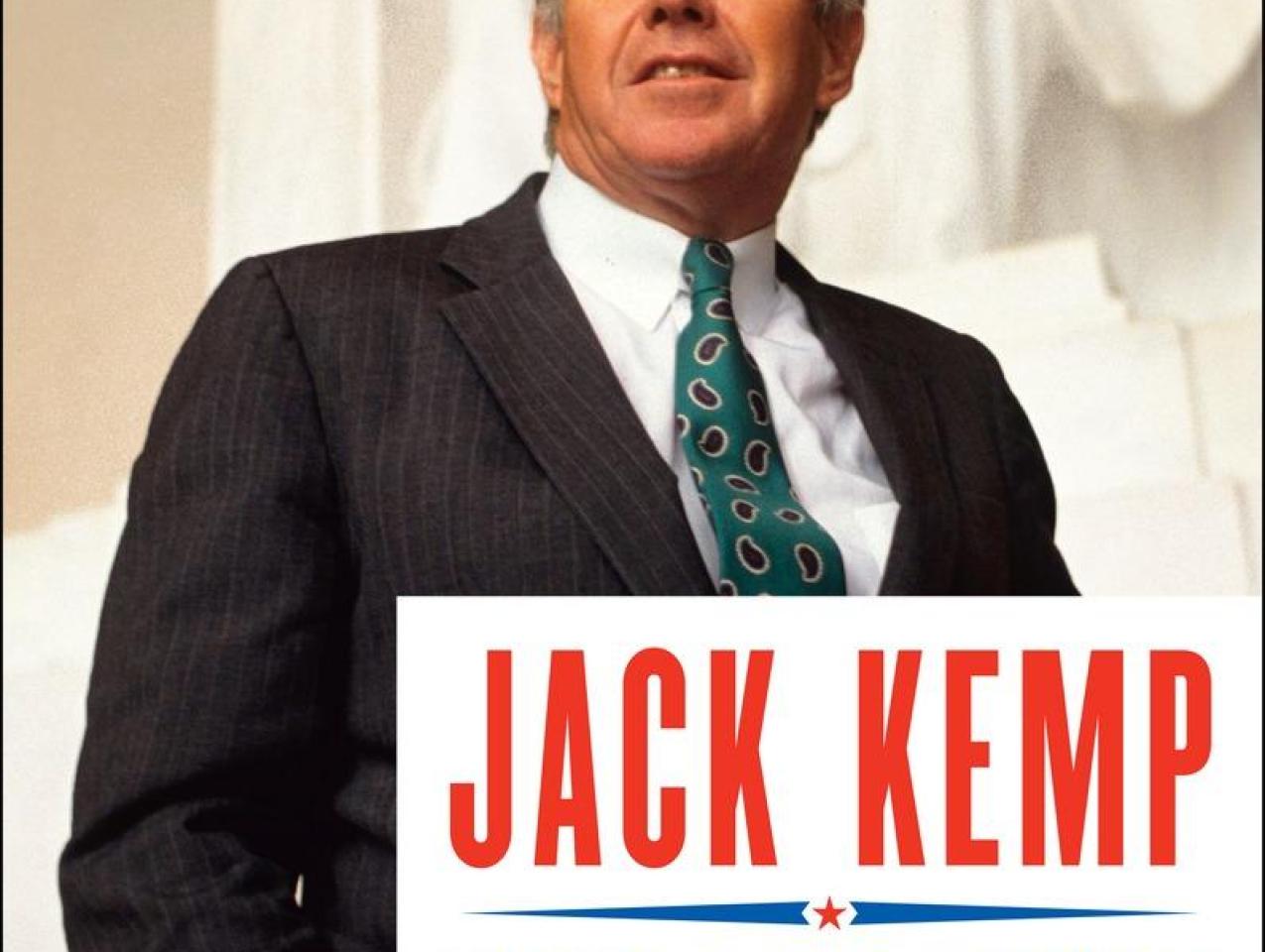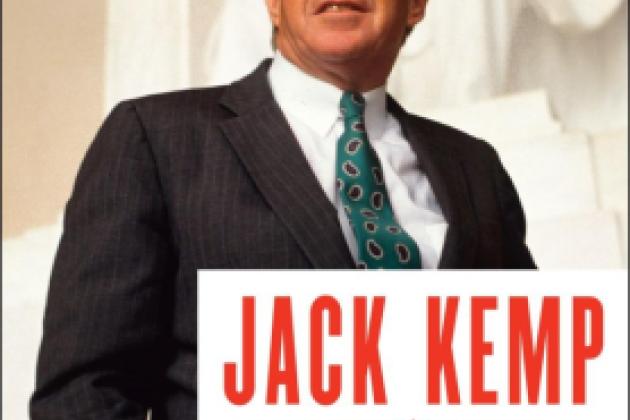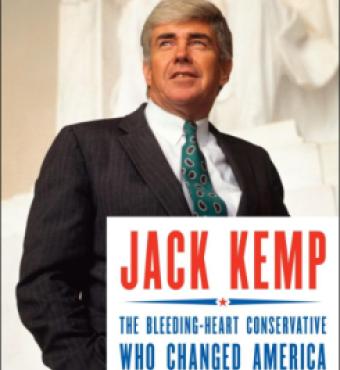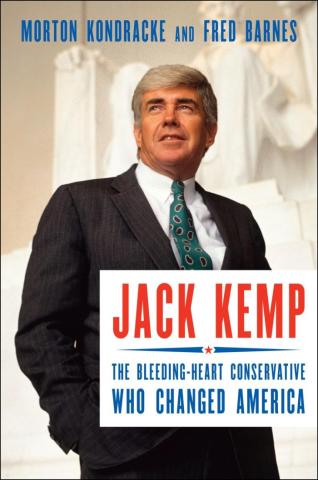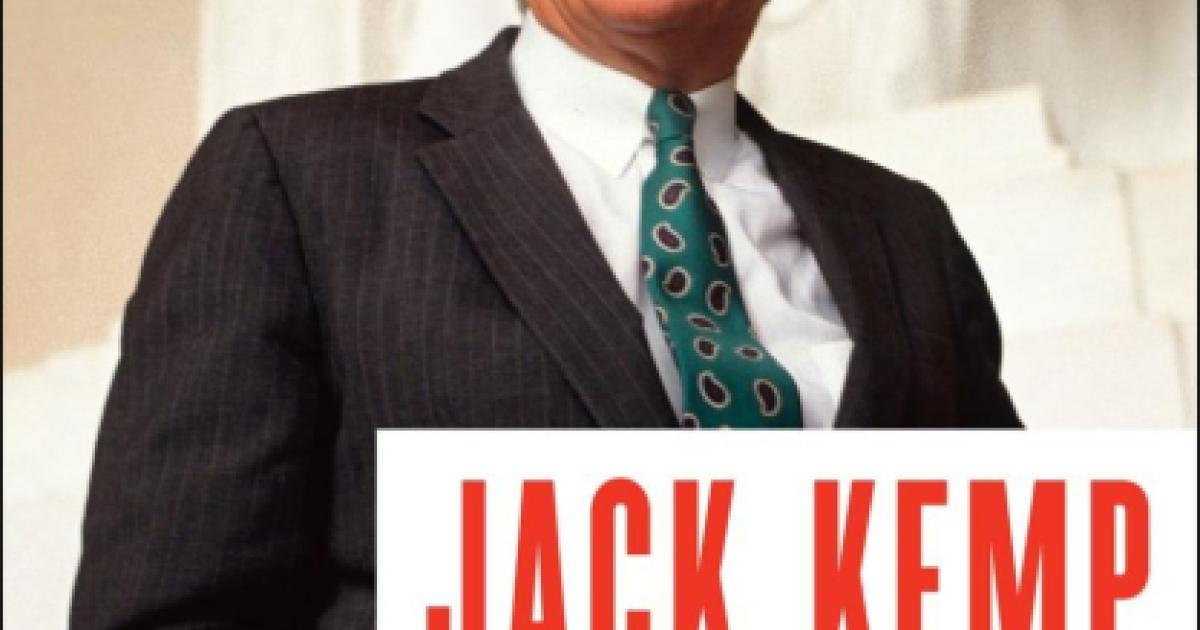- Politics, Institutions, and Public Opinion
- State & Local
- California
As a product of the East Coast, here’s one way that I’ve come to process what’s occurred in California in recent weeks: cicadas.
If you’re not familiar with the word, it refers to an insect that emerges from the earth—some annually, some periodically—to engage in the business of perpetuating the species.
In that respect, California has its own cicada that appears with alarming regularity, every 27–28 years or so. It emerged in the Watts neighborhood of Los Angeles in August 1965, again in LA’s South Central neighborhood (now South Los Angeles) in April 1992, and this year in wider portions of Los Angeles County (most notably, the upscale pockets of Beverly Hills and Santa Monica).
The two defining characteristics of the California species: (1) an unforgivable act of violence against a black male that triggers outrage and anger; (2) despite lawmakers’ promises, post-rioting, to get to the heart of California’s many divides, the end result is relatively little progress.
Consider: at the time of the 1992 riots, the poverty rate for families in South Los Angeles was higher than it was at the time of the 1965 Watts riots (30.3% vs. 27%). Twenty-six percent of South LA youths ages 16 to 19 were high school dropouts; one in three adults had left school before finishing the ninth grade.
Let’s advance the calendar to 2020. African-Americans make up 8% of Los Angeles County’s population, yet they account for estimated 42% of the local homeless population; in South LA, the share of black households experiencing severe rent burdens approaches 50%.
Meanwhile, over half of South LA schools with the largest concentration of black students are rated “poor” in academic achievement; districtwide, in Los Angeles, only two out of ten African American students are proficient or at grade level in math, with only three out of ten proficient in English.
Progress it isn’t.
If the cicada analogy holds true and California witnesses civil unrest again by the middle of this century, what will have changed by then?
Yes, the state will have been overseen by at least four governors (I’m giving the current incumbent, Gavin Newsom, and his successors a full eight years in office each) and countless likewise term-limited legislators. Just as, from the time of the 1965 Watts riots to present, California has had nine governors and 10 US presidents.
Rest assured the state government in Sacramento won’t lack for suggested improvements. Newsom’s already formed a task force to review policing policies; two measures advertised as responses to racial inequality are moving through the State Assembly—one a constitutional amendment seeking to reinstate affirmative action in colleges and state universities; the other exploring reparations to slave descendants.
Meanwhile, down in Los Angeles, Mayor Eric Garcetti wants to remove up to $150 million from the Los Angeles Police Department’s $1.8 billon annual budget and devote it instead to poor and minority communities.
But here’s the catch: Garcetti had been pressured by what the Los Angeles Times described as “a group of local and community leaders” to strip $250 million from the LAPD’s budget (raising a serious question as to the force’s ability to patrol the streets of LA, as up to 97% of the LAPD’s budget goes to salaries or payroll costs). Among the notables leaning on the mayor: United Teachers Los Angeles. Why does that matter? Because, name an attempt to change the status quo in Los Angeles’s public schools—expanding charter schools, introducing private-school vouchers—and you’ll find UTLA standing in the way. And yet, despite decades of black students trapped in a school system that fails to provide them with a quality education that can serve as an escape hatch from poverty, it’s the status quo—i.e., a powerful teachers’ union—trying to dictate the terms of a more just California.
If California is indeed to get the better of the cicada, what’s required is elected leaders willing to break with partisan convention.
In other words, who will dare to be the next Jack Kemp?
Born in Los Angeles, 85 years ago this summer, Jack Kemp was the son of a father who owned a small trucking company in downtown LA and a mother (fluent in both English and Spanish) who was a social worker.
Kemp’s life was learning about diversity—its application in schools (raised as a Christian Scientist, he attended a largely Jewish high school in Los Angeles), the workplace (he was a professional quarterback, founding a players’ union), and the predominately blue-collar Buffalo, New York, congressional district he represented.
What separated Kemp from other Republicans of his time—during a political career that spanned from his first congressional run in 1970 to serving as Bob Dole’s running mate on the 1996 Republican presidential ticket—was his self-identification as a “bleeding-heart conservative.”
Kemp didn’t merely offer lip service to improving minority communities, he also offered concrete ideas—chief among them, selling public housing to the poor and creating regulatory-light “enterprise zones” to return businesses and investors to America’s inner cities (the latter, an idea likewise championed by former House Speaker Paul Ryan, who perhaps not coincidentally once worked as a Kemp aide, and earlier championed in the United Kingdom by Margaret Thatcher).
Kemp didn’t get far with his inner-city agenda. As the housing secretary in George H. W. Bush’s presidency, he found the White House generally uninterested in his innovation (which would come back to haunt Bush when rioting commenced amidst his re-election effort). Indeed, Bill Clinton—the Democratic who ended the first Bush presidency—took Kemp’s idea and rebranded it as “empowerment zones” for inner cities (though Clinton’s concept was more government driven than Kemp’s).
Jack Kemp won’t have a seat at any future conversations involving California’s future, as he succumbed to cancer over a decade ago. But it’s the spirt that counts. If the conversations are to be dominated by Democrats too beholden to special interests and Republicans reflexively averse to government, progress will be illusory.
And California’s cicada? It’ll keep emerging from the ground.







